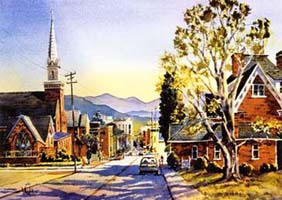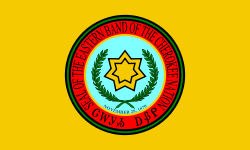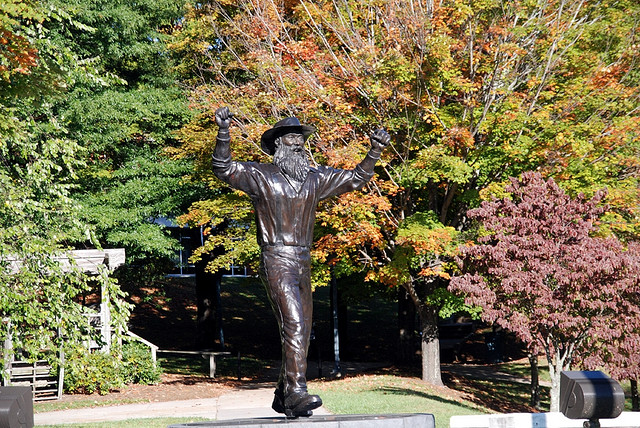If you looking for a time or reason to come to Townsend, TN, every spring the town holds its annual Townsend Spring Festival and Old Timer’s Day. And if you’re looking for a literal melting pot of bluegrass, clogging, arts, crafts, BBQ, storytelling, and woodcarving, then you’ve come to the right place. All come together in a cornucopia of events and festivities at the foot of the Great Smoky Mountains.
Whether it’s a wildflower walk on Chestnut Top Trail, a book signing, or gardening tips and plant sales by the Trillium Cove Home and Garden, Townsend’s Old Timer’s day has something for everyone.
A typical festival day looks a little something like this:
10:00am: Hedgewood Gardens Tour
11:00am: Clogging Demonstration and Instruction
1:30-3:30pm: Wildflower Walk on Chestnut Top Trail
2:00pm: Hedgewood Gardens Tour
6:30pm: Knoxville Pipes and Drums Concert and Parade: Highland music in celebration of Scottish heritage.
7:30pm Concert: Special entertainment by “Six Mile Express” at the Great Smoky Mountains Heritage Center.
On top of those typical, every day festival goings-on, visitors can hear bluegrass music on the festival stage till way past sun down. Guests can even bring their own instruments to the pickin’ porch. Arts and crafts are being made and sold throughout the day and BBQ pork and chicken, ice cream, deli sandwiches, hot dogs, kettle corn, and other good food are always being prepared…. Just be sure to stick around for the cake raffle and bake sale if you know what’s good for you.
A few of the Townsend Days artisans that have given demonstrations in years past include:
– Karen Kenst and Bonny Kate Sugg – basketry
– Lendel Abbott – woodcarving
– Maetta Conrad and Marcella Emrick – quilting
– Carol McBride – rug hooking
– Dale Liles – spinning on the great wheel
Stop by and make your own memories with an old fashioned portrait photo on the grounds near the annual family art fair. Art activities are led each year by the Townsend Artisan Guild.
One of the more unique aspects of the festival might just be the early-Appalachian demonstrations given around the Townsend Days grounds. Things like mountain berry basket making, bee keeping, cornmeal making, and oak shingle-making are just some of the well-attended demonstrations in years past. The festival’s oh-so-popular moonshine still and history of moonshine in the Great Smoky Mountains with Bill Leistner always draws a crowd. A festival favorite, Leistner actually demonstrates how to drink from a moonshine jug.
For those who just love bluegrass, there wouldn’t be a Heritage Festival & Old Timer’s Day without a heaping helping of local bluegrass. From clogging to cake raffles, to actual bluegrass performances by the likes of Deep River, Notchey Creek, Appalachian Bluegrass, Mike Clemmer, and Steve Jordan, the festival stage is always brimming with bluegrass tunes. Banjos, dobro guitars, harmonicas, and whatever else those early Appalachians strung together to make mountain music are strummed and played throughout the day. If anything, just come listen to some great Appalachian bluegrass.
One other highlight of the weekend is the Young Pickers Talent Contest held at the Great Smoky Mountains Heritage Center. This is open to all striving, young bluegrass musicians who are interested in performing before a crowd. Bring your own tune, or sing one of the classics. Either way you can’t go wrong and everyone here loves those young performers.
The Townsend Heritage & Old Timer’s Days festival occurs every spring and fall at the Townsend Visitors Center. It’s a celebration of the traditional bluegrass and mountain music, crafts, and heritage of Townsend, East Tennessee, and the Great Smoky Mountains.
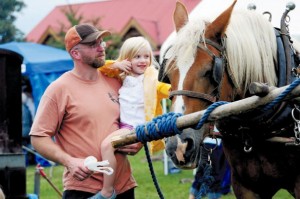
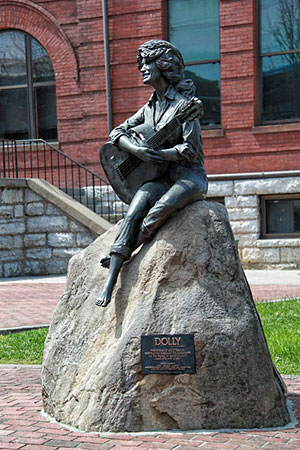
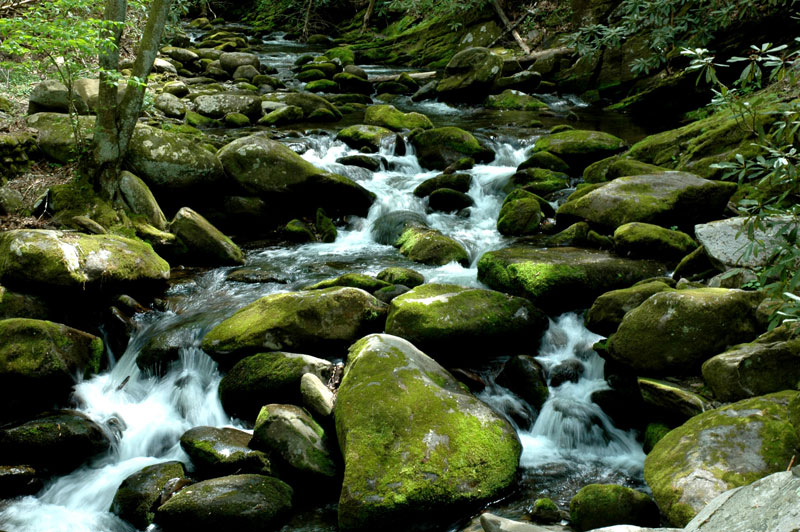

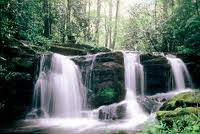 The people that lived in the Roaring Fork area were the first residents of White Oak Flats – the area that became Gatlinburg. The Reagans and the Bales established this rugged mountain community. They lived off the land and unlike the other auto tours of valley areas lie Cades Cove and Cataloochee, Roaring Fork is a sharp contrast. They built saw mills, they trapped and hunted for food. Their lives were very different from those that lived in the valleys. Nevertheless, getting to drive through this area and see the homes that the park service keeps up and the scenery that these settlers lived in is remarkable.
The people that lived in the Roaring Fork area were the first residents of White Oak Flats – the area that became Gatlinburg. The Reagans and the Bales established this rugged mountain community. They lived off the land and unlike the other auto tours of valley areas lie Cades Cove and Cataloochee, Roaring Fork is a sharp contrast. They built saw mills, they trapped and hunted for food. Their lives were very different from those that lived in the valleys. Nevertheless, getting to drive through this area and see the homes that the park service keeps up and the scenery that these settlers lived in is remarkable.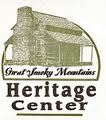
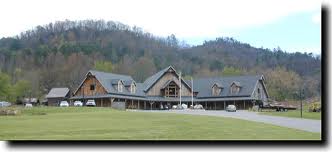 Before the first European settlers came to the area, native people like the Cherokee dwelled in the mists of the Smoky Mountains. These people had more then just a hunting and gathering culture. They had a society that had trade and infrastructure, they had political meetings and communities that stretched from the valleys to the hillsides. This museum celebrates those people and their way of life before they were moved on by the European settlers that found this area to be so similar to the homes they left in Europe.
Before the first European settlers came to the area, native people like the Cherokee dwelled in the mists of the Smoky Mountains. These people had more then just a hunting and gathering culture. They had a society that had trade and infrastructure, they had political meetings and communities that stretched from the valleys to the hillsides. This museum celebrates those people and their way of life before they were moved on by the European settlers that found this area to be so similar to the homes they left in Europe.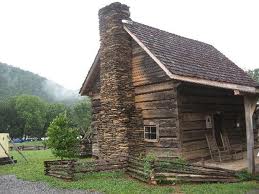 Tennessee on the Move
Tennessee on the Move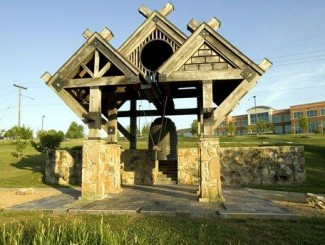

 The year is 1850. The people of
The year is 1850. The people of 